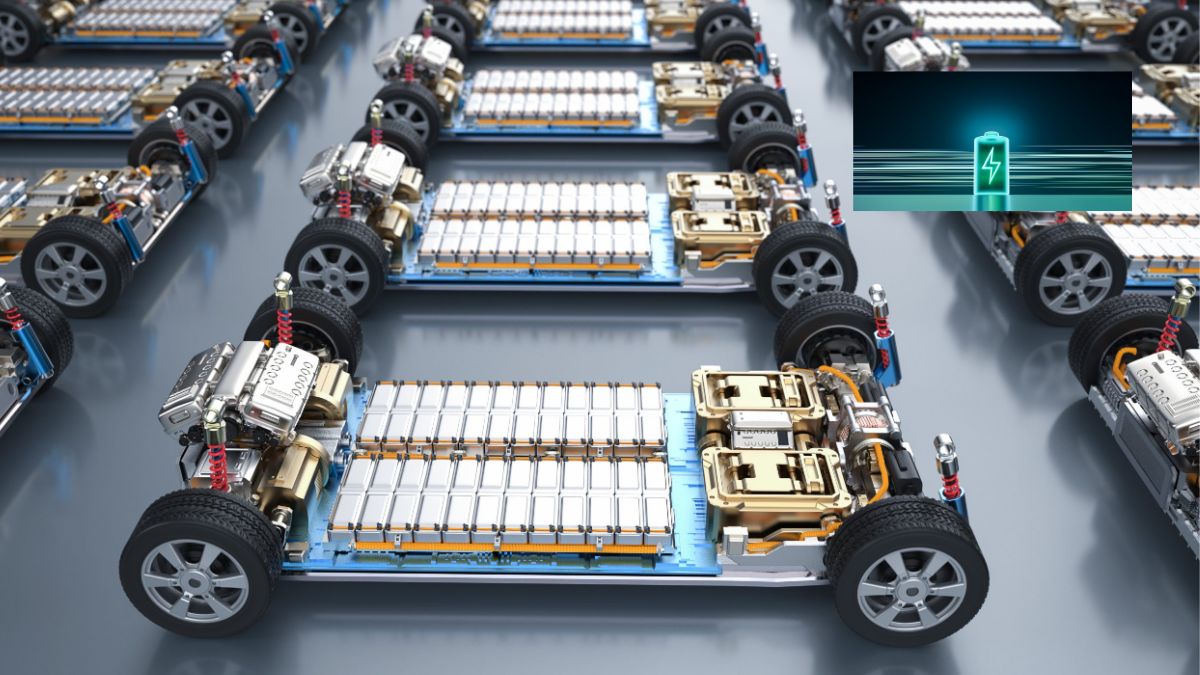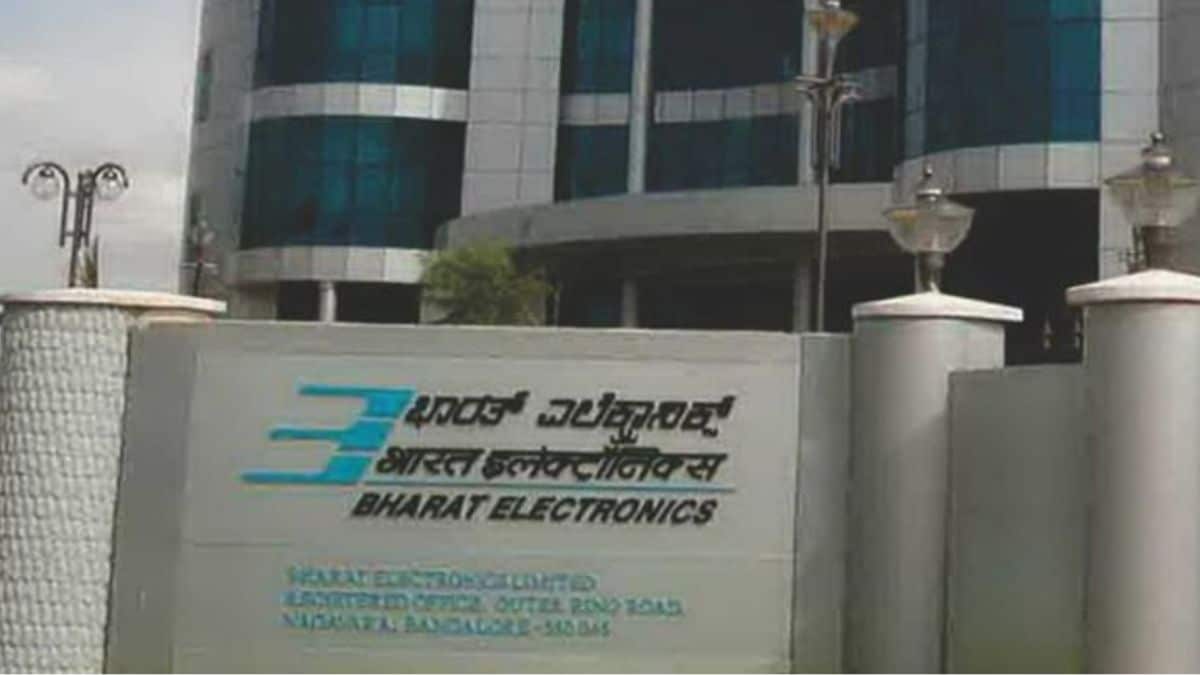Theoretical Energy Density of Lithium Ion Battery: Unlock the secrets of theoretical energy density in lithium-ion batteries with this comprehensive guide, exploring its significance, innovations, and future prospects.
Introduction: Theoretical Energy Density of Lithium Ion Battery
In today’s rapidly evolving technological landscape, lithium-ion batteries stand at the forefront of innovation, powering everything from smartphones to electric vehicles. Central to understanding their capabilities is delving into the theoretical energy density, a crucial metric determining their efficiency and performance. In this comprehensive guide, we unravel the intricacies surrounding the theoretical energy density of lithium-ion batteries, exploring its significance, influencing factors, and future implications.
also read: What Is Semiconductor Memory In Computer? Overview
Exploring Theoretical Energy Density
Lithium-ion batteries are renowned for their exceptional energy density, a measure of the amount of energy stored per unit volume or weight. The theoretical energy density represents the maximum energy storage capacity achievable under ideal conditions, serving as a benchmark for assessing battery performance. Understanding this metric is pivotal for optimizing battery design and enhancing overall efficiency.
Importance of Theoretical Energy Density
Theoretical energy density serves as a cornerstone in the development of next-generation battery technologies, driving advancements in various sectors such as electric vehicles, renewable energy storage, and portable electronics. Higher energy density translates to extended battery life, increased range for electric vehicles, and enhanced functionality for electronic devices, fostering sustainability and innovation.
Factors Influencing Theoretical Energy Density
Several factors influence the theoretical energy density of lithium-ion batteries, including electrode materials, cell design, and electrolyte composition. Innovations in materials science, such as the integration of silicon-based anodes and solid-state electrolytes, hold promise for unlocking higher energy densities and addressing current limitations.
Future Prospects
As research in battery technology continues to accelerate, the future of lithium-ion batteries appears promising. Emerging trends such as solid-state batteries, silicon anodes, and advanced electrolyte formulations offer the potential for significant enhancements in theoretical energy density, paving the way for next-generation energy storage solutions with unprecedented performance and efficiency.
Unveiling Innovations in Battery Technology
Innovations in battery technology are revolutionizing various industries, driving sustainability and efficiency. Let’s delve into some of the groundbreaking advancements reshaping the landscape of lithium-ion batteries.
Silicon Anodes: Enhancing Energy Storage Capacity
Silicon-based anodes represent a significant breakthrough in battery design, offering higher energy densities compared to traditional graphite-based anodes. By harnessing the superior conductivity and high lithium absorption capacity of silicon, researchers aim to overcome existing limitations and unlock new frontiers in battery performance.
Solid-State Electrolytes: Enhancing Safety and Stability
Solid-state electrolytes present a viable alternative to conventional liquid electrolytes, offering enhanced safety, stability, and energy density. By eliminating the flammable components found in liquid electrolytes, solid-state batteries mitigate safety concerns while enabling higher energy densities and prolonged cycle life, making them ideal for electric vehicles and grid-scale energy storage.
Beyond Lithium-Ion: Exploring Next-Generation Batteries
While lithium-ion batteries have dominated the energy storage market, researchers are exploring alternative battery chemistries to address their inherent limitations. From lithium-sulfur to sodium-ion batteries, the quest for higher energy densities and sustainability drives innovation, offering diverse solutions for future energy needs.
FAQs (Frequently Asked Questions)
- What is the significance of theoretical energy density in lithium-ion batteries? Theoretical energy density serves as a crucial metric for evaluating the performance and potential applications of lithium-ion batteries. It represents the maximum amount of energy that can be stored within the battery’s volume or weight under ideal conditions. Understanding theoretical energy density is essential for optimizing battery design, enhancing energy storage capacity, and extending the range of electric vehicles and electronic devices.
- How do electrode materials influence the theoretical energy density? Electrode materials play a significant role in determining the theoretical energy density of lithium-ion batteries. Materials with higher energy storage capacities, such as silicon-based anodes or high-capacity cathode materials, contribute to increased energy density. Innovations in electrode materials enable the development of batteries with higher theoretical energy densities, driving advancements in battery technology and applications.
- What are the future prospects for enhancing theoretical energy density? The future of theoretical energy density in lithium-ion batteries looks promising, with ongoing research and development focusing on various aspects such as electrode materials, cell design, and electrolyte formulations. Emerging technologies like silicon anodes, solid-state electrolytes, and advanced battery chemistries offer the potential for significant improvements in energy density, paving the way for more efficient and sustainable energy storage solutions.
- Are solid-state batteries the future of energy storage? Solid-state batteries represent a promising future for energy storage, offering enhanced safety, stability, and energy density compared to traditional lithium-ion batteries with liquid electrolytes. By replacing the flammable components found in liquid electrolytes with solid materials, solid-state batteries mitigate safety concerns while enabling higher theoretical energy densities and prolonged cycle life. They hold great potential for applications in electric vehicles, portable electronics, and grid-scale energy storage systems.
- How do silicon anodes contribute to increasing energy storage capacity? Silicon-based anodes offer higher energy storage capacities compared to conventional graphite-based anodes due to their superior lithium absorption capacity. Silicon can accommodate more lithium ions during charging, leading to increased energy density. However, challenges such as volume expansion and cycling stability need to be addressed to realize the full potential of silicon anodes in enhancing energy storage capacity and battery performance.
- What role do electrolytes play in achieving higher theoretical energy densities? Electrolytes serve as conductive mediums within lithium-ion batteries, facilitating the movement of lithium ions between the electrodes during charge and discharge cycles. Advanced electrolyte formulations, such as solid-state electrolytes or high-conductivity liquid electrolytes, are essential for achieving higher theoretical energy densities. By optimizing electrolyte composition and properties, researchers aim to enhance battery performance, safety, and energy density for various applications.
Conclusion: Theoretical Energy Density of Lithium Ion Battery
In conclusion, the theoretical energy density of lithium-ion batteries serves as a pivotal metric in evaluating their performance and potential applications across various industries. By delving into its intricacies and exploring emerging innovations, we pave the way for a sustainable and energy-efficient future powered by next-generation battery technologies.
also read: Lithium ion batteries: energy density?










